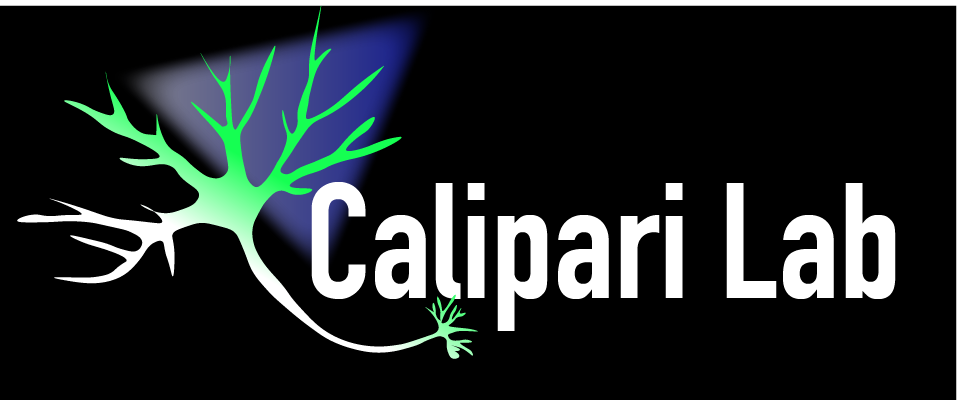Our work with DREADDs
In our lab, we use DREADDs in a number of ways to both show that a circuit is causally involved in a behavioral response or to induce a persistent state of high or low firing of a neuronal population to determine how alterations in firing contribute to the function of the circuit.
Figure 5. Calipari et al., Nature Communications, 2017
Understanding activity dependent alterations in Dopamine transporter function
In our previous work we discovered estrous cycle-dependent fluctuations in dopamine activity (via electrophysiology and voltammetry). We also discovered similar fluctuations with the actions of cocaine directly at the dopamine transporter. Using DREADDs, we increased the firing activity of VTA dopamine neurons and found that this was sufficient to induce activity-dependent changes at the level of the dopamine transporter (See right). Our current work is aimed at determining the molecular mechanism for these changes by creating site directed mutants of the dopamine transporter to determine what amino acid residues are necessary for these activity-dependent changes in function.
Selected Publications:
Figure 4. Calipari et al., PNAS, 2016
Supplementary Figure 6. Calipari et al., PNAS, 2016
Elucidating the role of D1 and D2 medium spiny neurons in reward processing
In addition to using DREADDs to study the activity-dependent changes in protein function that occur, we also use DREADDs to silence and activate specific neuronal populations to determine their effect on behavior. In recent work (above) we inhibited the activity of D1 and D2 medium spiny neurons during conditioned place preference, a measure of the learned association between predictive contextual cues and the rewarding value of a stimulus. We showed that we are able to block conditioned place preference by inhibiting D1 medium spiny neurons at a number of different time points during conditioning. Conversely, inhibiting D2 medium spiny neurons had no effect on the associative memory.
Selected Publications
Calipari et al., Proceedings of the National Academy of Science, USA, 2016



